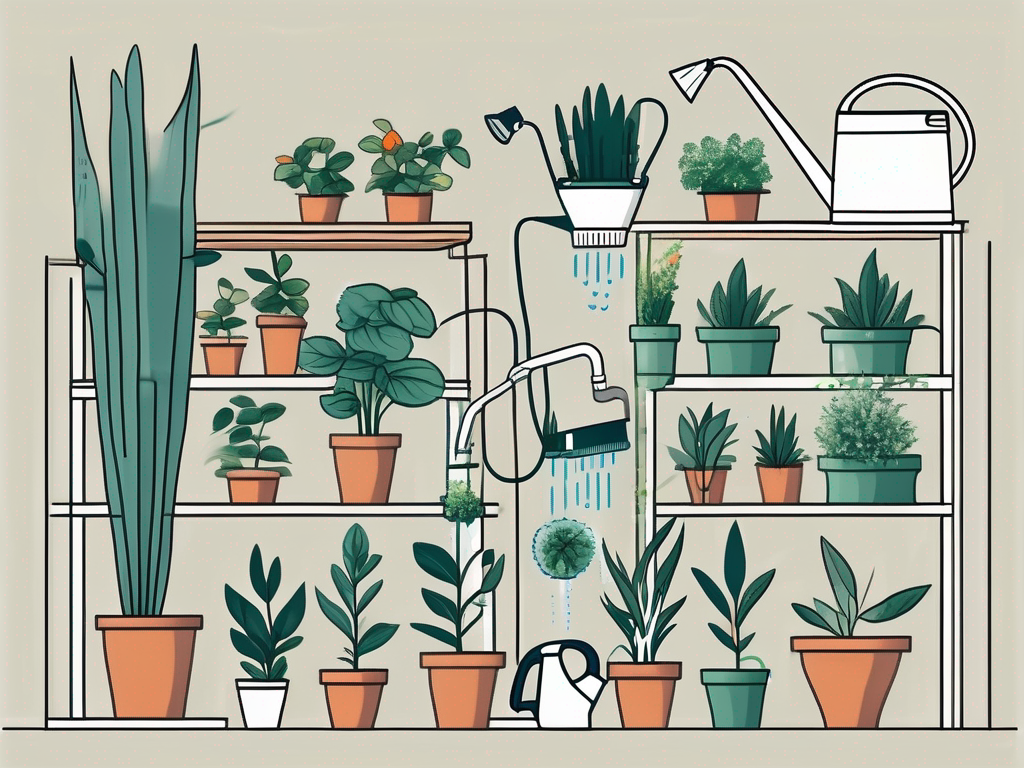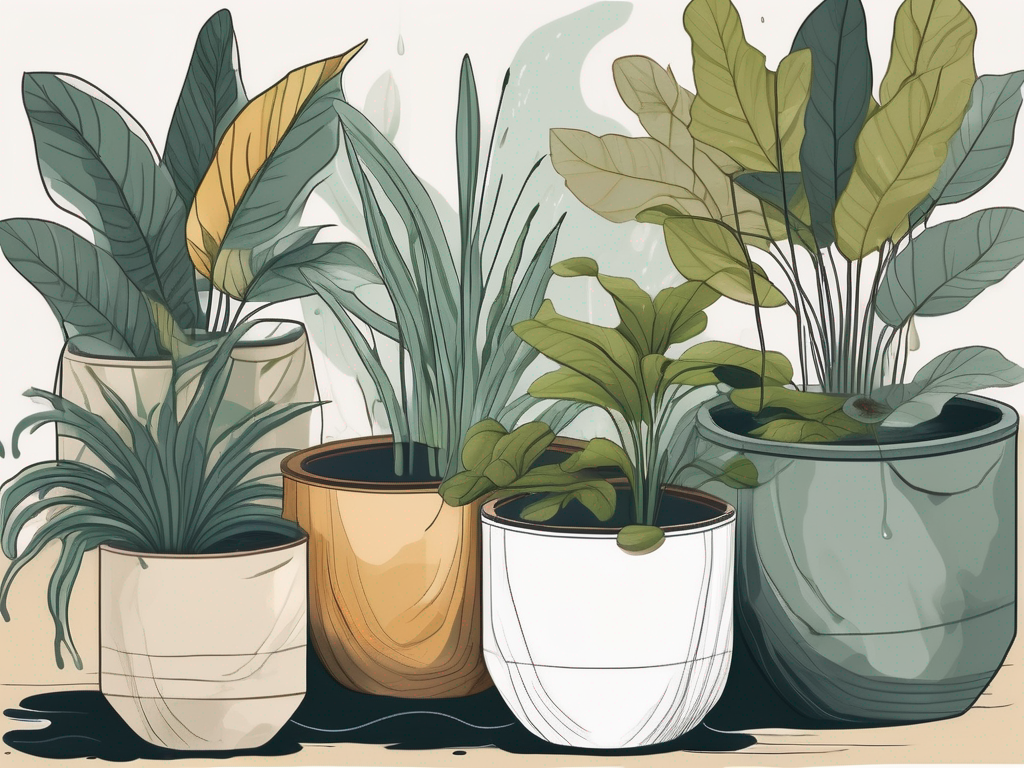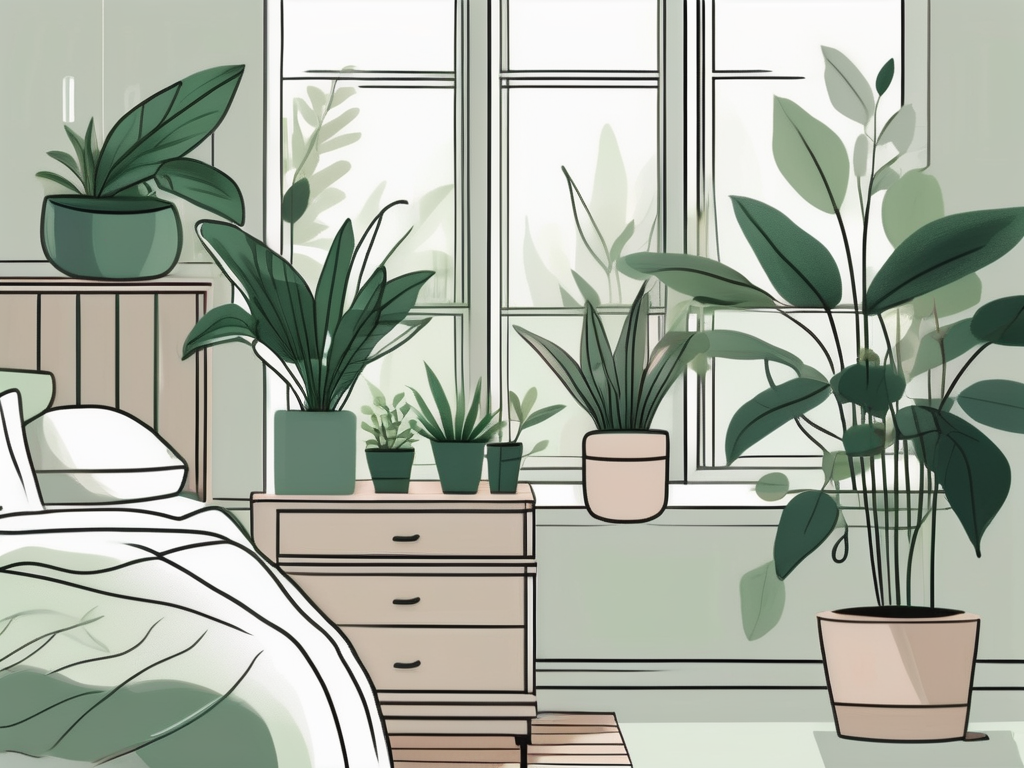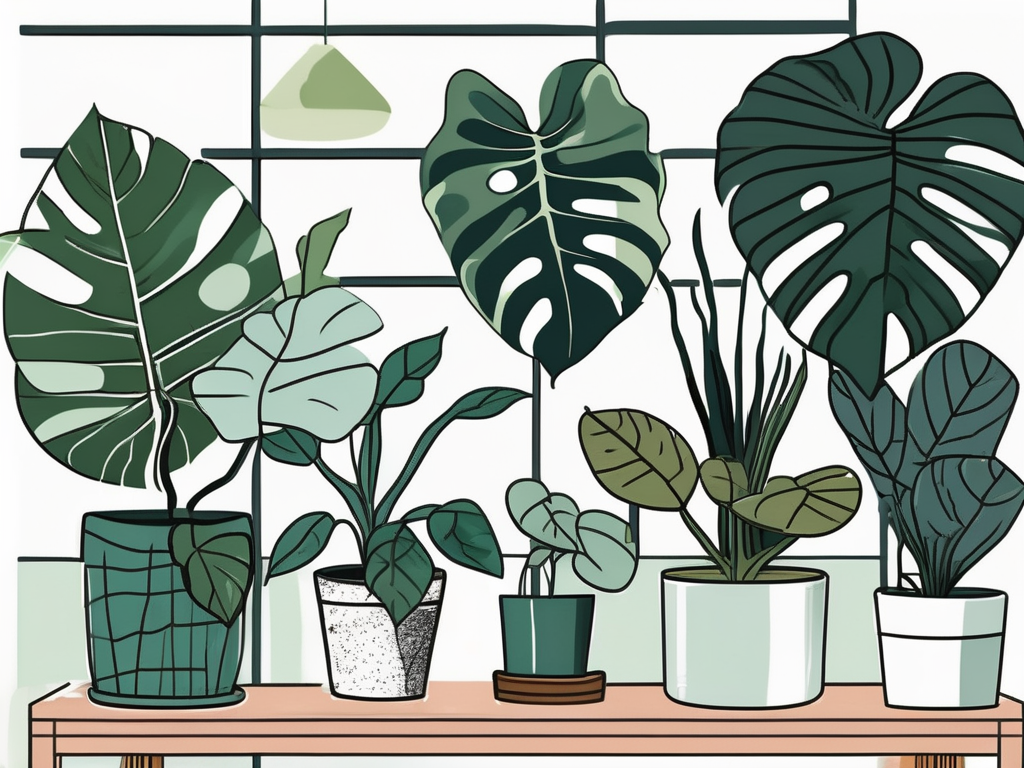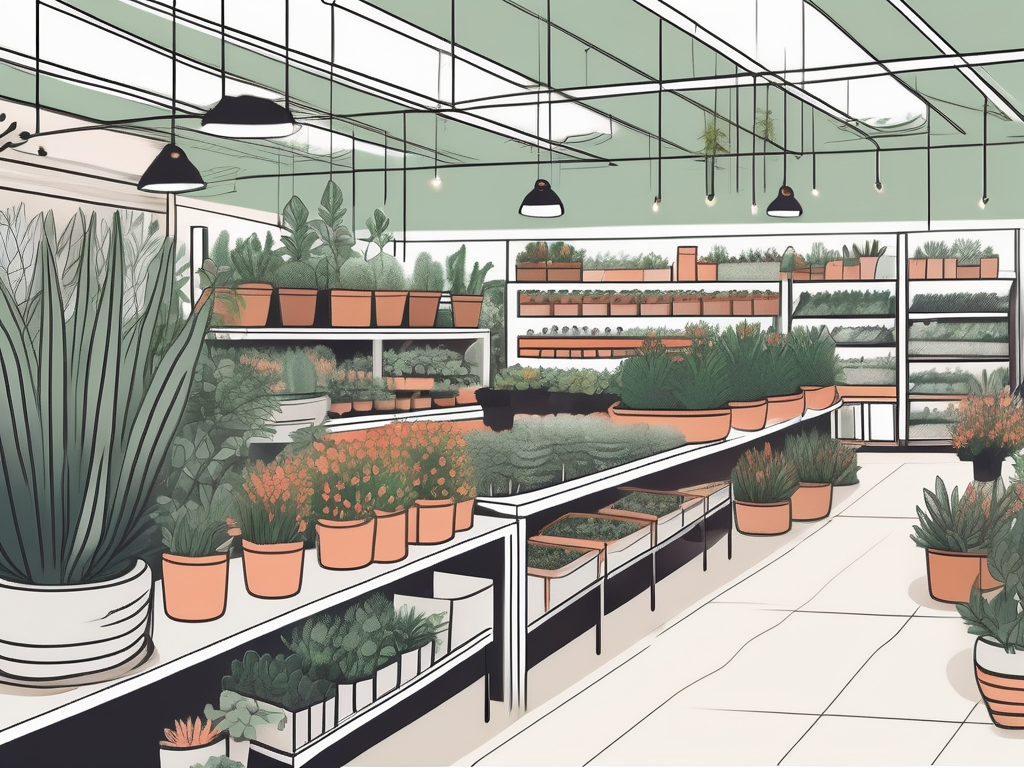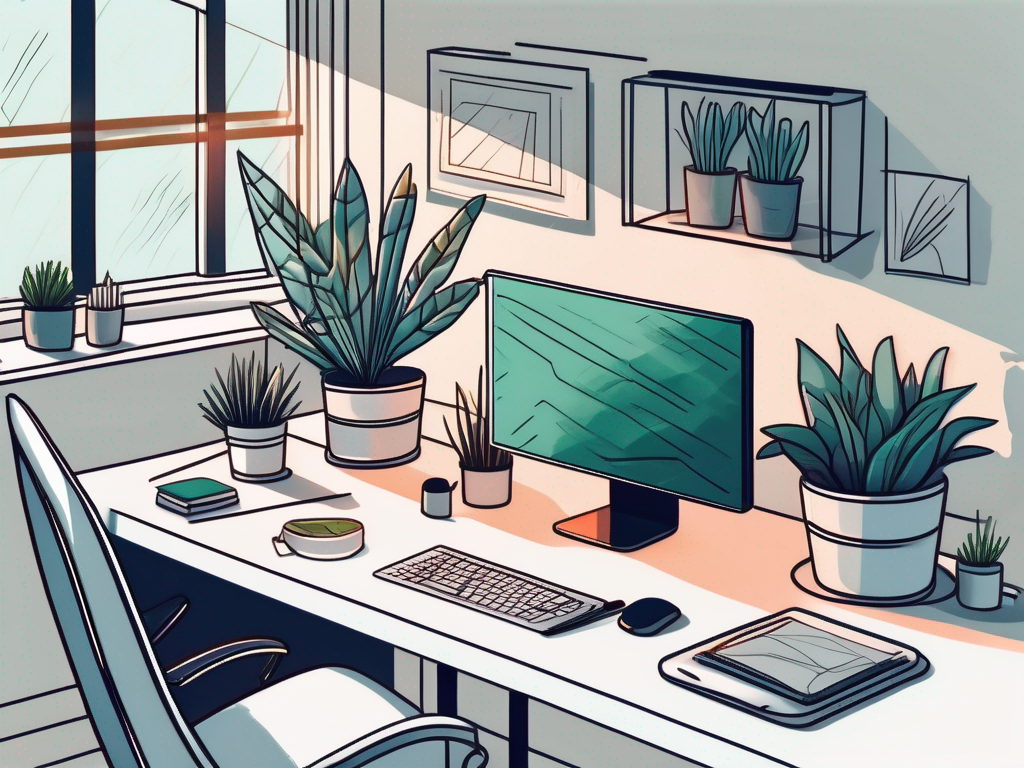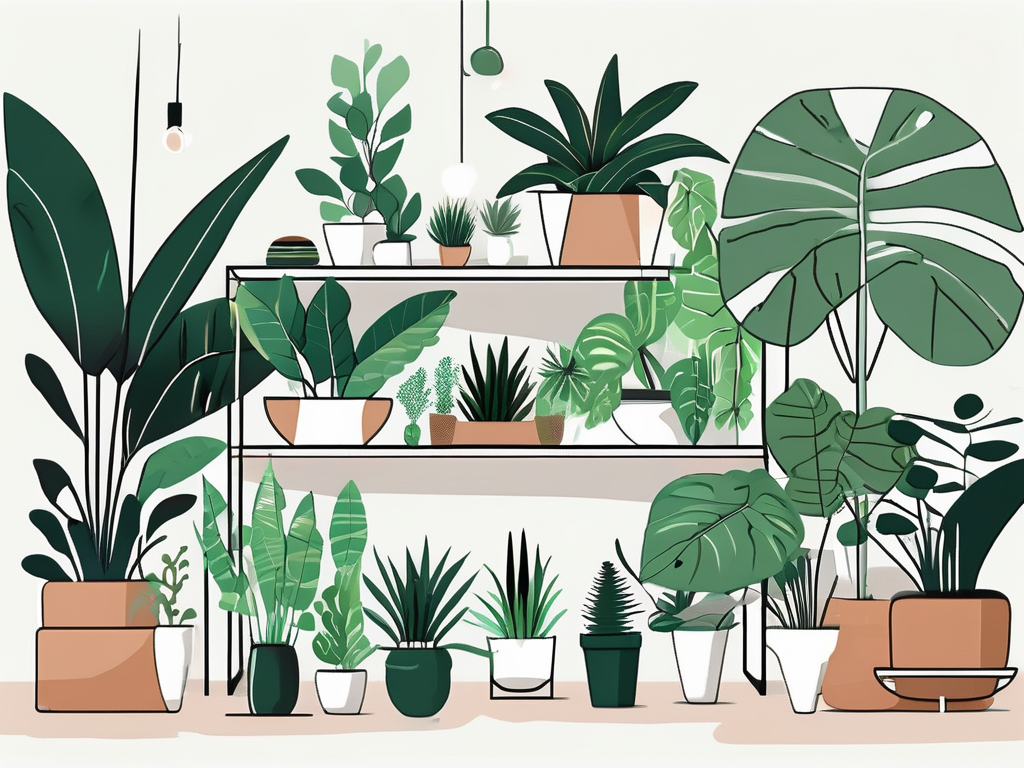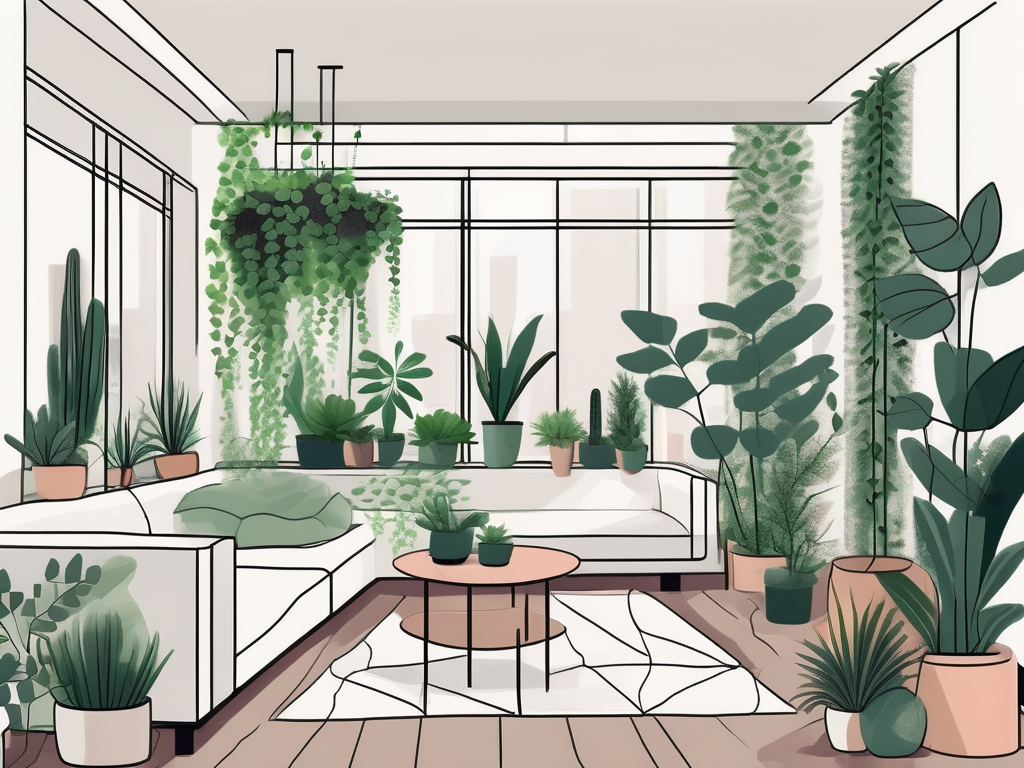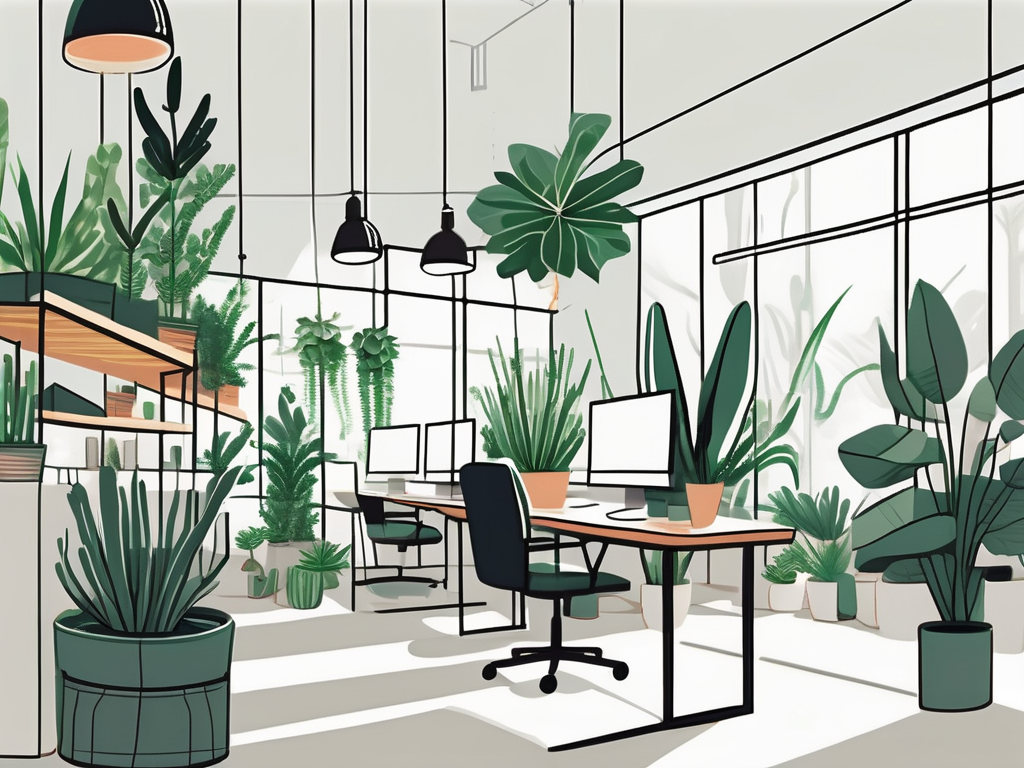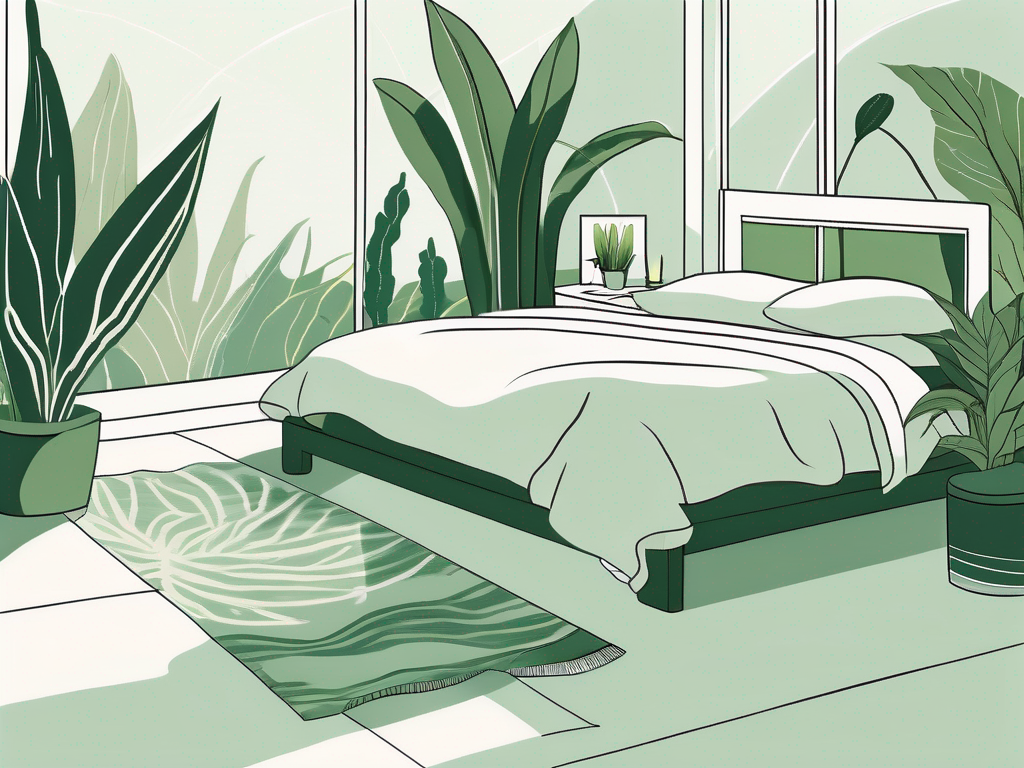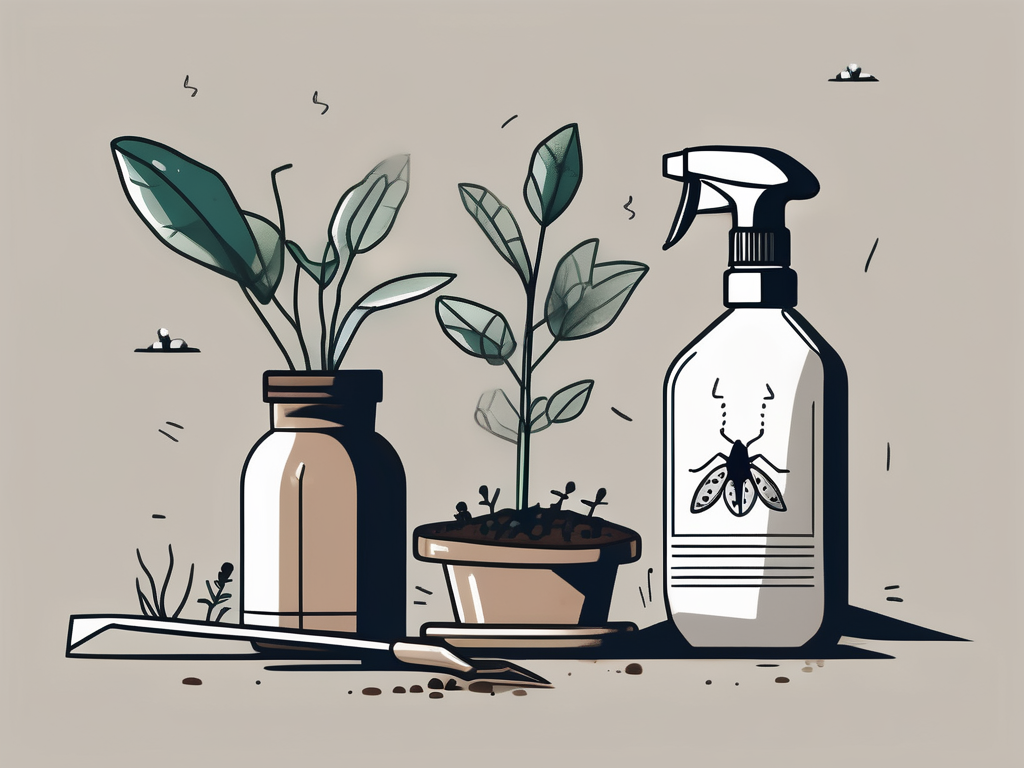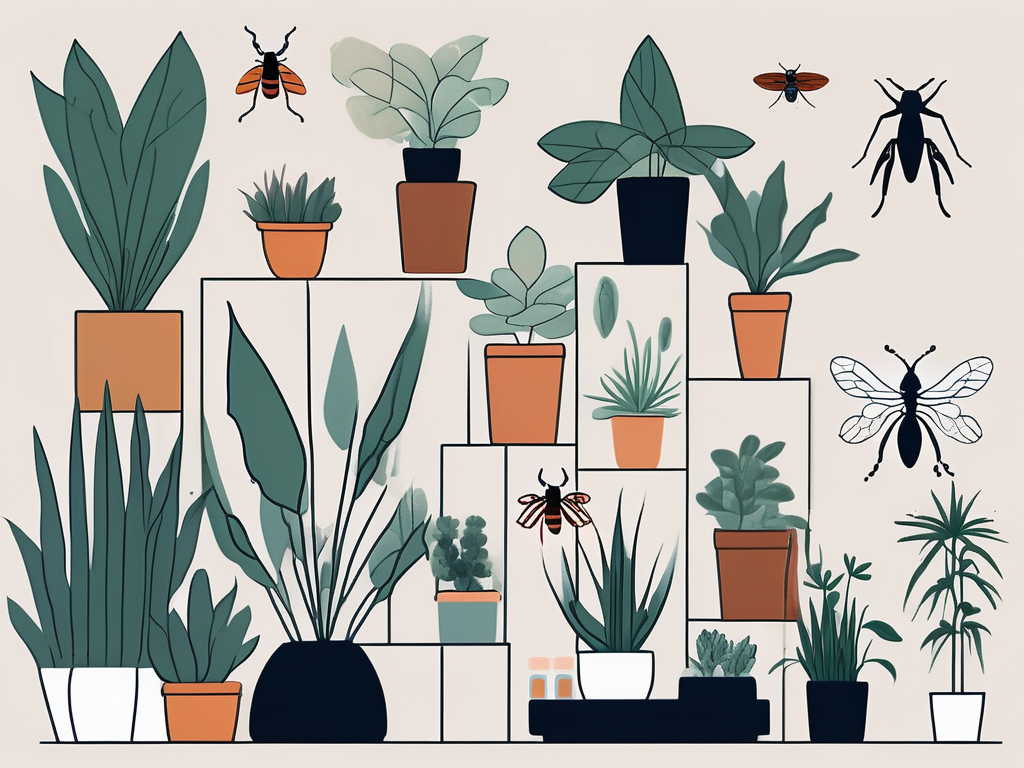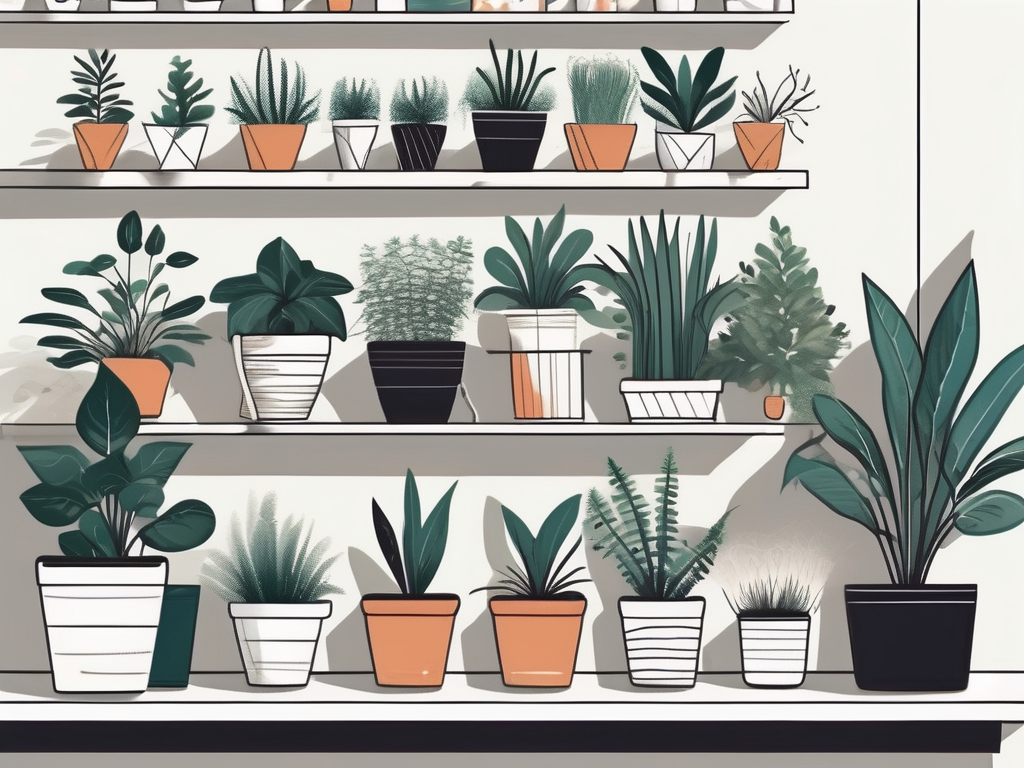
When it comes to nurturing your houseplants, giving them the right fertilizer can make all the difference. If you've ever wondered why your leafy friends are looking a bit lackluster or not growing as you expected, the answer might just lie in the nutrients they're receiving.
This article will guide you through the ins and outs of choosing the best fertilizer for your houseplants. We'll touch on the types of fertilizers available, how to use them, and some common mistakes to avoid. So, let’s get into it and see how you can keep your indoor plants thriving.
Understanding Plant Nutrients
Plants, much like humans, require a balanced diet to thrive. The three primary nutrients they need are nitrogen (N), phosphorus (P), and potassium (K). These are often referred to as NPK and are the core components of any fertilizer.
Nitrogen (N) plays a significant role in leaf growth. If your plant's leaves look pale or are falling off, it might be craving more nitrogen.
Phosphorus (P) is essential for root development and flowering. A deficiency here might mean your plant struggles to produce new blooms.
Potassium (K) helps with overall plant health and disease resistance. Think of it as the plant's immune booster.
Beyond these, plants also need secondary nutrients like calcium, magnesium, and sulfur, along with trace elements such as iron, manganese, and zinc. Together, these nutrients ensure your plants grow strong and healthy.
Types of Fertilizers
Fertilizers come in various forms, each with its own benefits and drawbacks. Choosing the right type can depend on your plant's needs, your lifestyle, and even your personal preferences.
Liquid Fertilizers
Liquid fertilizers are popular for their ease of use and quick absorption. They’re mixed with water and applied directly to the soil, allowing nutrients to be rapidly taken up by the plant. They're great for those who want immediate results and are perfect for frequent feeders.
Granular Fertilizers
These are sprinkled over the soil and work over time. They’re less convenient than liquid options but are ideal for plant people who prefer a more hands-off approach. They release nutrients slowly, reducing the risk of over-fertilization.
Slow-Release Fertilizers
As the name suggests, these fertilizers release nutrients gradually over time, often months. They’re small pellets that break down with watering, providing a steady supply of nutrients. This type is perfect for busy plant parents who might forget to fertilize regularly.
Organic vs. Synthetic Fertilizers
The debate between organic and synthetic fertilizers is akin to choosing between natural and processed foods. Each has its merits, and the choice largely depends on your preferences and plant care philosophy.
Organic Fertilizers
Made from natural materials like compost, manure, or bone meal, organic fertilizers improve soil structure and increase microbial activity. They're environmentally friendly and less likely to burn plants, making them a favorite among eco-conscious plant lovers.
Synthetic Fertilizers
These are chemically manufactured and provide precise nutrient levels. They’re effective and work quickly, but they can lead to nutrient buildup in the soil if not used properly. They’re ideal for those who want quick results and are comfortable measuring exact amounts.
Choosing the Right Fertilizer for Your Plants
Not all plants are the same, and neither are their nutritional needs. Different plants have different requirements, so it’s important to understand what your specific plants need.
- Leafy Greens: Plants like ferns and peace lilies thrive with a nitrogen-rich fertilizer.
- Flowering Plants: Orchids and African violets benefit from a balanced fertilizer with a bit more phosphorus.
- Succulents and Cacti: These need a diluted, low-nitrogen fertilizer to avoid over-fertilizing.
Consider your plant's growth stage too. Young plants or those in their growing season may need more nutrients than dormant plants.
How Often Should You Fertilize?
Fertilizing frequency can be a bit tricky, as it varies depending on the plant species, the type of fertilizer, and the growing conditions. However, here are some general guidelines:
- During the growing season: Most houseplants benefit from monthly feeding.
- In the dormant season: Reduce or stop fertilizing altogether, as plants need fewer nutrients.
Over-fertilizing can harm your plants, causing leaf burn or even killing them. It’s always better to under-fertilize than to over-fertilize.
Signs Your Plant Needs Fertilizer
Plants communicate their needs through their appearance. Here are some signs that your plant might be craving some extra nutrients:
- Yellowing Leaves: Often a sign of nitrogen deficiency.
- Stunted Growth: Could indicate a lack of phosphorus.
- Weak Stems: May suggest a potassium deficiency.
If you notice these signs, consider adjusting your fertilizing routine. Remember, it’s not just about adding more fertilizer but finding the right balance.
Common Fertilizing Mistakes
Even the best intentions can lead to mistakes. Here are some common pitfalls to avoid:
- Over-fertilizing: More isn’t always better. Excess fertilizer can burn roots and damage plants.
- Using the wrong type: Ensure the fertilizer matches your plant’s needs.
- Ignoring the instructions: Always follow the manufacturer’s guidelines for the best results.
Avoiding these mistakes will help keep your plants happy and healthy.
DIY Fertilizer Options
If you’re feeling creative or want a more natural option, you can make your own fertilizer at home. Here are a few simple ideas:
- Banana Peels: Rich in potassium, simply chop them up and bury them in your plant’s soil.
- Eggshells: Crushed eggshells add calcium to the soil.
- Compost Tea: Steep compost in water to create a nutrient-rich tea for your plants.
DIY options can be a fun and rewarding way to connect with your plants while recycling kitchen waste.
Final Thoughts
Choosing the right fertilizer for your houseplants can greatly enhance their growth and overall health. By understanding their specific needs and how often to feed them, you can keep your indoor garden thriving year-round.
At Cafe Planta, we’re all about helping you create a beautiful plant-filled home. Whether you’re looking for unique houseplants or need advice on plant care, feel free to email us or message us on Instagram. We’re here to support your plant journey and help you build a thriving indoor oasis.

